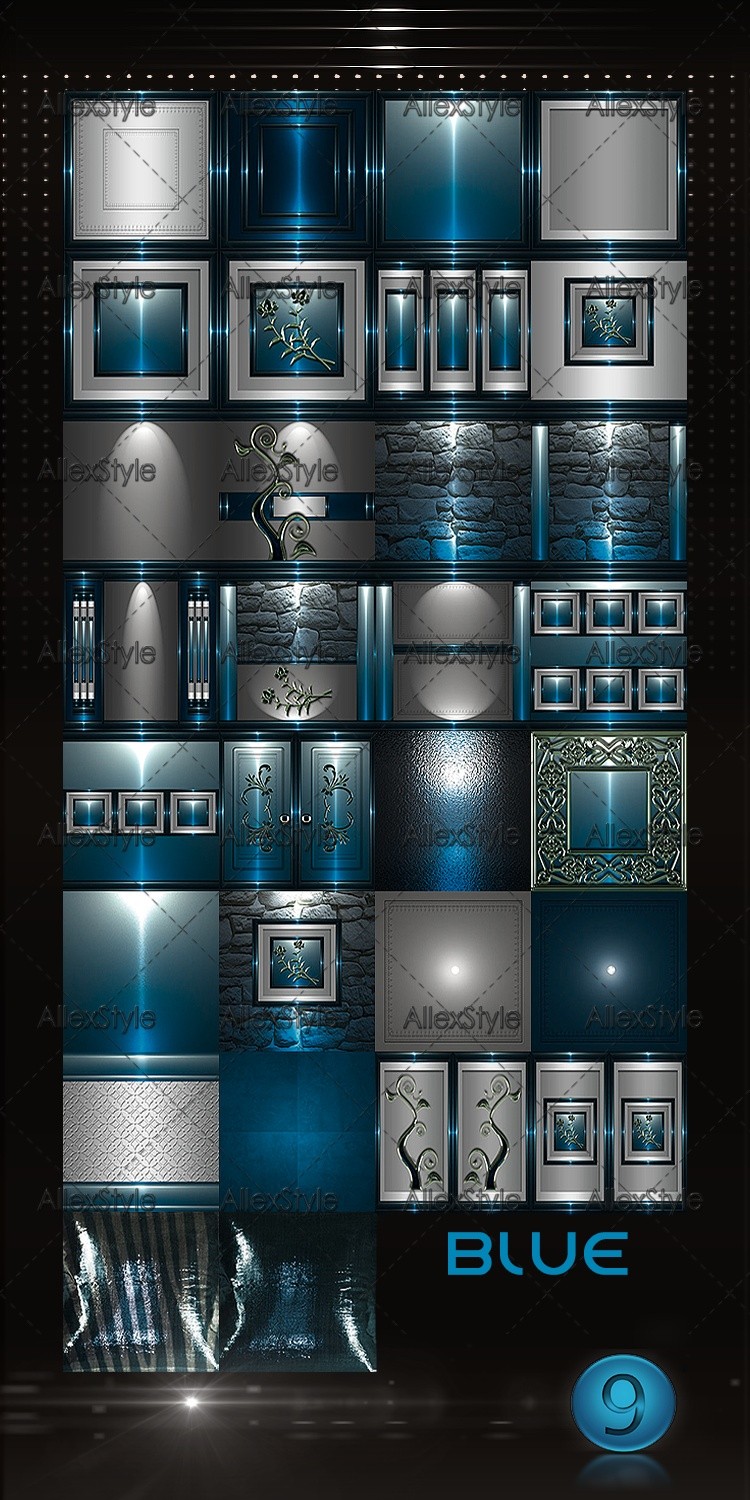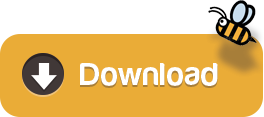IMVUTEXTURES Scifi Textures Outer Space was looking for sci-fi textures to use in a source map, until that's ready here is the textures for HL 1 mods can be used for counter strike, day of defeat, team fortress classic etc. Texture found here added more. Welcome to Emporium We are excited to be offering the community new products and services. Please bookmark us and check back often as we will be adding new services periodically. 42 TEXTURES & OPACITIES 256X256.JPG FOR IMVU CREATE - All textures are my own Creation.They are original. Dont resell,give or edit them. Dont use the files in more than one account. Dont show my work as your own. You will received the files compressed in ZIP files so you must extract them. Please note that some creators have found (or bought) textures/meshes that are stolen, but they don't know about it. We don't call people thieves, we just expose catalogs that contain stolen art.
Introduction to Textures The IMVU Catalog is filled with 3D generated products, and the success of any good 3D product is the quality of the textures applied to it. A Texture is the two dimensional artwork that is applied to a three dimensional “ Mesh ”.
Texturing clothes for IMVU
We’ll go over a little bit of theory before discussing tools and techniques!

ɪ ɴ ᴛ ʀ ᴏ
When we talk about textures for IMVU we’re talking Game art. In the physical world, material properties determine how the light hitting the object gets scattered / absorbed / transmitted / refracted - in CG when a 3d model is rendered, its appearance is also determined by “material” (+ object’s shape and the kind of light and its angle and the surroundings). This CG material consists of a shader and texture maps. Now, IMVU Client uses only 1 shader and it renders everything as clay - to make your furniture porcelain or metal, to make your clothes woolen or pvc, you cannot apply a different type of shader, you have to fake those properties with a diffuse map. More complex shaders allow us to use different types of texture maps for different purposes - bump map for adding fake creases, specular map for making certain areas on the mesh appear glossy etc. meanwhile the IMVU shader uses only diffuse maps and opacity maps (and you probably used a UV map as a painting guide). So! We use textures to color, fake material properties and fake model’s geometry so that things would load faster.
ᴍ ᴇ ᴛ ʜ ᴏ ᴅ s
Textures can be drawn from scratch. Textures can be made by compositing and editing photograph references (when using your own photos or royalty free photos or bought stock photos this is perfectly acceptable and common in the industry; the author of any kind of work by default holds copyright on it and their wishes regarding the use of their work must be respected; that said, there are certain cases when remix, small portion used, not trade competitors and not used for profit may be considered “ok”, but that excludes commercial use). Textures can be generated, either in the sense of using procedural maps or in the sense of rendering and baking the interaction of shaders, maps applied, light hitting the geometry in the scene thus creating shadows and color bleeding and whatnot - all rendered and baked onto a single map. All three methods take practice and the result can be made editable and high quality! If you ever wished you were able to paint directly onto a mesh, this is called 3d painting, there are built-in features for this in some meshing and sculpting programs as well as specialized solutions such as Mari (in the workflow you will see a lot of stencil/reference compositing!) … But back to IMVU.
ᴛ ᴏ ᴏ ʟ s
Here is a list of awesome software from most expensive to free:
- Photoshop CS6 (commercial license 360 USD a year)
- Corel Painter
- GIMP (GIMP is free!)
Imvu Textures Images
Another important tool is a graphic tablet. Cheap tablets have plastic surface you draw on while looking at the PC screen (my Genius tablet is literally like a mouse except you hold it like a pen), fancy ones have a touch screen with pressure sensitivity and tilt recognition (Wacom’s Cintiq). Keep in mind that while the quality of the tablet depends on your budget, the quality of your work depends almost exclusively on the amount of practice!
s ᴘ ᴇ ᴄ s
Texture size in pixels: combinations of 8, 16, 32, 64, 128, 256; 256x512 or 512x256 - not 512x512 (Power of Two Rule)
Texture size in kbs: aim for 30kbs or less (ZaraKaine is my source <3)
Texture file format: JPG, PNG, PNG-8
ᴡ/ ᴘ ʜ ᴏ ᴛ ᴏ s ʜ ᴏ ᴘ
“Industry standard for raster graphics editing”, it is not free. The power of Photoshop lies in applying editable adjustment layers (and then we have filters like Vanishing Point, plugins, tool customization, customizable workspace setups, automation of repetitive actions, smart objects, masks, content-aware fill and content-aware scaling and puppet warp and rudimental animation tweening) - in short, if you’re making irreversible changes on your image, get color-banding or grainy quality, cannot edit the image without loss of image quality - you’re using it wrong! xD
a) A texture painted from scratch. Tools most used: Brush, Blur, Motion blur, blending mode darken, brightness/contrast.
b) A texture made by compositing photo references. Smudge tool. Use own or royalty free sources.
c) Add-ons painted from scratch Like pixel art with layer effects - zippers, studs, buttons, belts - saved separately for future use.
d) Patterns, gradients, custom swatch palettes, styles, brushes… Download or better yet build your own library as you work.
I call it “mixed technique”
Photoshop algorithms on a rendered map with “hand painted” details.
s ᴛ ᴜ ᴅ ʏ ɪ ɴ ɢ ʀ ᴇ F ᴇ ʀ ᴇ ɴ ᴄ ᴇ s
- for painting clothes -
Three point lighting. (source) When you paint a highlight or a shadow you’re imagining this fake geometry/crease being lit by some imaginary light. We usually emphasize the front of the outfit, but if you know about this key + fill + back light setup, you might enhance the final look of your texture on a model by adding a subtle light to the side of the outfit, or by lightly tracing the underside of the mesh.
Compression folds, stretch folds, and 7 types of each. (source 1, source 2, source 3) Folds on clothes start at points that protrude, and follow direction of the force that’s pulling them be it gravity or fabric tension/stretching. We draw pipe folds on skirts and dresses, diaper folds on loose baggy shirts, spiral folds on sleeves and leggings and zig zag folds on whatever part of clothing is compressed. The curvature and the amount of folds help convey the softness/hardness of the fabric as well as its thickness.
Ok, I compiled a few reference images for us to study - pay attention to folds, material shininess (the more reflective the more work it is, but it’s all manageable), and think of possible patterns or brush settings we might use to recreate the fabric in Photoshop. There’s always more than one way to achieve the result you want.
How to get cotton. After finishing painting highlights and creases, create a new layer on top of all the others, fill it with some base color, go to Filter>Noise>Add Noise (I use Amount 18%, Monochrome). Then Filter>Blur>Motion Blur (I use Angle 0° and Distance 4 pixels). Now set that layer’s blending mode to Soft Light.
For denim and leather, the top overlay would be a subtle Pattern Fill Layer (the middle button at the bottom of the Layers Panel; you’ll need a custom pattern image). Sequins could require blocking out parts of the shaded texture using a pattern layer in one color with round transparent circles, and then adding a few flare effects on top of that. Fur could be achieved by combining multiple layers traced with a brush with a custom Brush Tip Shape (you can make your own that looks like multiple dots), Shape Dynamics, Scattering, slight Color Dynamics - all found in the Brush Panel (Window>Brush). Silk and PVC require most attention if not downright imitating 2-3 reference images, and to speed things up you can make one full body template to use as a base in future works (just like making custom brushes from the most typical folds and highlights). So a sharper brush, only white color, painting various spots and shapes and then blurring them out in places to almost form a gradient, leaving them sharp in other places, ideally only changing the layer visibility and not the color, and ideally keeping layer blending modes consistent for later merging.

Imvu Textures For Clothes
ᴡ ᴏ ʀ ᴋ Fʟ ᴏ ᴡ ᴛ ɪ ᴘ s
- Decide on what you’ll be making, sketch and/or collect references to help you
- Have a good folder structure or collect pins on Pinterest < HIGHLY RECOMMENDED, also draw influence from multiple sources and put your own spin on whatever you do.
- It’s good to have HQ meshes you regularly texture, for maximum product compatibility and easier workflow - I’ll be listing those in my next post. Test how they morph/bend by using a walking animation.
- Collect all the provided UV maps and put them into 1 TIF file, grouped and named properly. I prefer 1 file for consistency, .tif format for thumbnail preview.
- At this point, ideally, I’ve already created a new folder with Maps.tif, Icon.tif and Catalog.tif files, copy-pasted & ready for use.
- Optimal setting - get a shadowless room, rigid standing pose or avi, arms up trigger, make a basic outfit - things you click first when the edit mode opens.
- Have a dual monitor setup or use Always on Top script if you don’t like using ALT+TAB to switch between applications (preview - Photoshop stays over imvu)
- 9 notes
- Posted 03 September 2015
- veillia liked this
- oliath liked this
- absolutelyiconic liked this
- alcoolize liked this
- waesmaris-sims-blog liked this
- of-mice-and-musume liked this
- stillwaterimvu posted this
